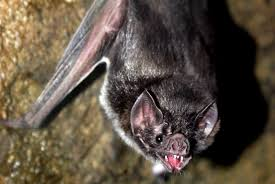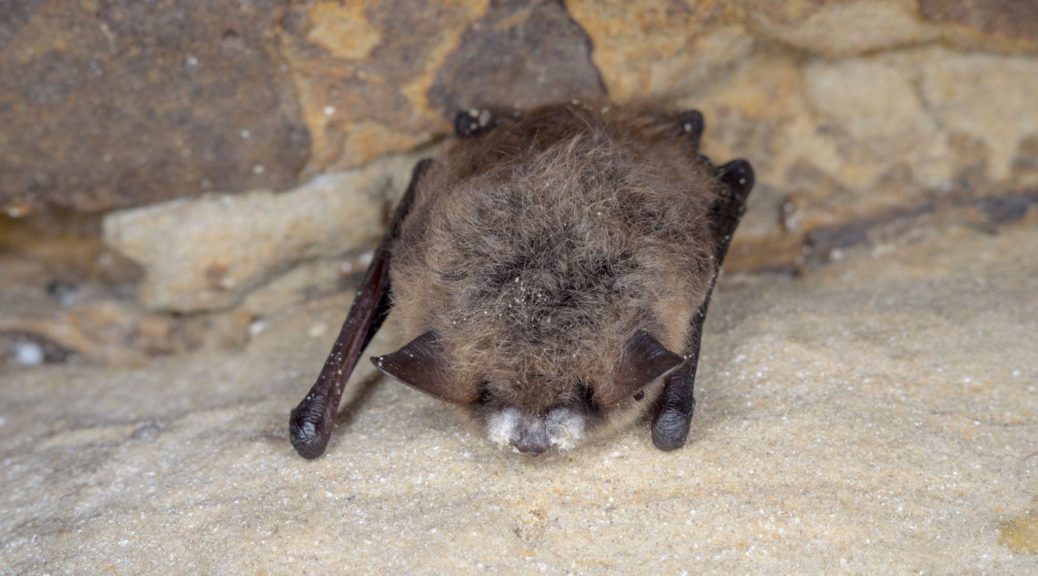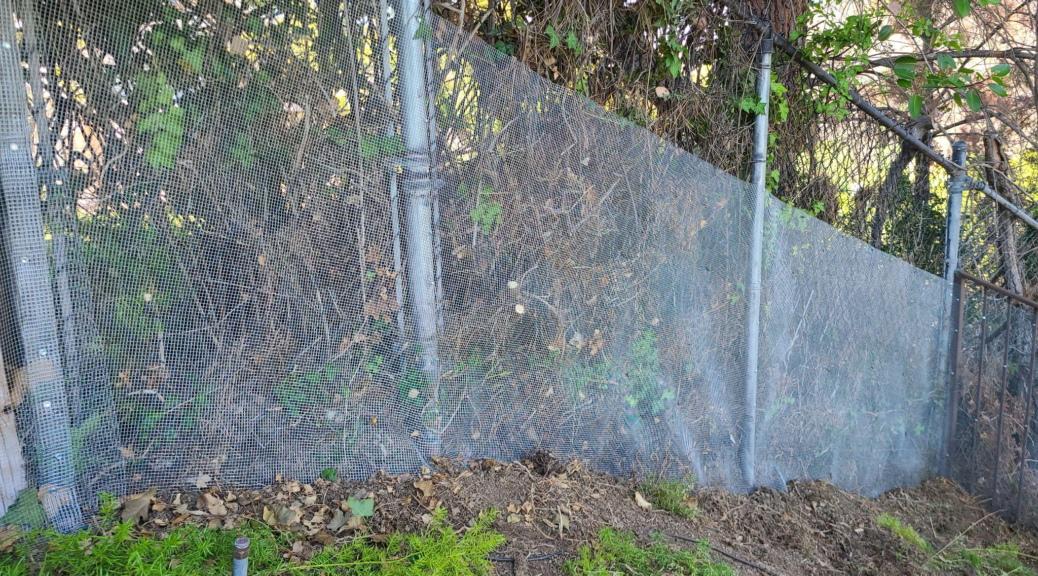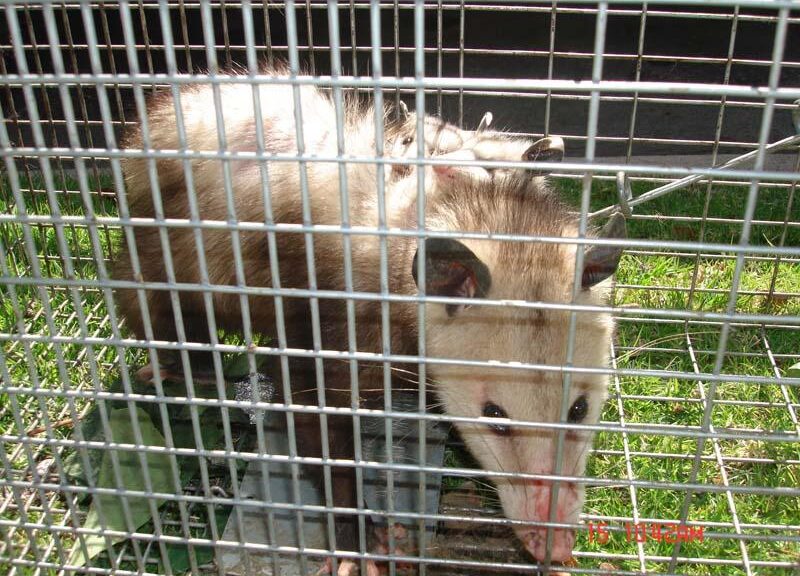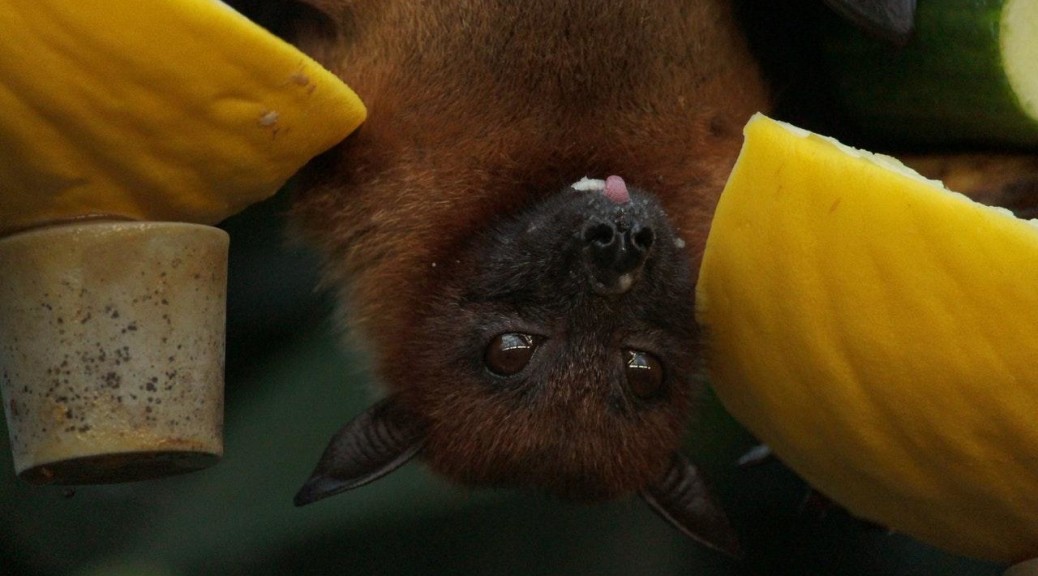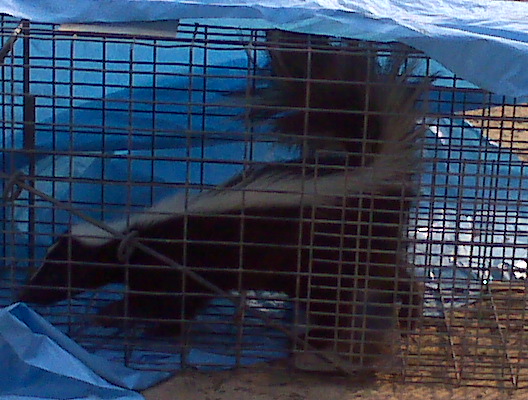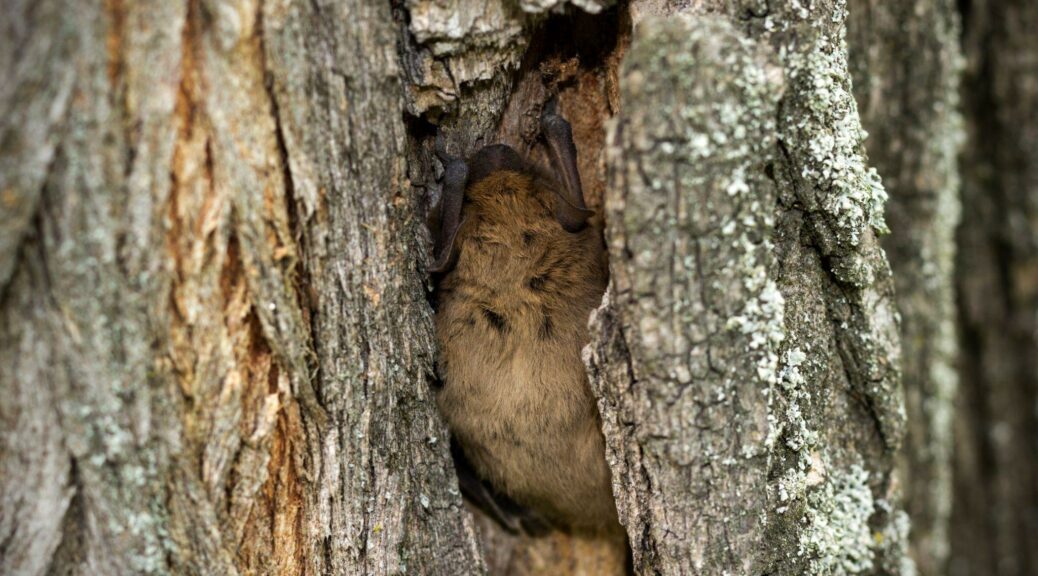Bats play a crucial role in our ecosystem, yet they are often misunderstood and feared. Many people react negatively when they discover bats in or around their homes, sometimes resorting to harmful or even illegal measures to remove them.
Continue reading Why You Should Never Kill or Harm Bats: The Legal and Ethical ReasonsAll posts by admin
The Benefits of Bats: Why These Creatures Are Important for the Environment
At Animal Capture Wildlife Control, we’ve spent years managing and coexisting with various wildlife species throughout Los Angeles. Among these creatures, bats often evoke mixed feelings. However, beyond the myths and misconceptions, bats play a pivotal role in maintaining ecological balance. Let’s discuss the numerous benefits these nocturnal mammals offer to our environment.
Continue reading The Benefits of Bats: Why These Creatures Are Important for the EnvironmentHow to Tell If a Raccoon Has Rabies
Raccoons are fascinating creatures that have adapted well to living alongside humans in urban and suburban environments. While these animals are typically non-threatening, it is crucial to recognize when a raccoon might be exhibiting signs of rabies. Rabies is a dangerous viral disease that affects the central nervous system of mammals, including humans, and can be fatal if untreated. Let’s explore the key signs of rabies in raccoons, provide actionable advice on what to do if you encounter a rabid raccoon, and share tips for protecting your family and pets.
Squirrels in Los Angeles: Tree Squirrels vs. Ground Squirrels
Welcome to a closer look at our furry neighbors in Los Angeles! At Animal Capture Wildlife Control, we understand that living alongside wildlife can bring unique challenges and intriguing encounters, especially with squirrels. In our bustling city, both tree and ground squirrels find ways to thrive, but they can also cause concerns for homeowners and businesses. Let’s explore the distinct characteristics and behaviors of these creatures, providing you with the knowledge you need to manage their presence effectively.
Continue reading Squirrels in Los Angeles: Tree Squirrels vs. Ground Squirrels
Benefits of Installing Snake Fencing on Your Property
What Is Snake Fencing?
Snake fencing is a specially designed barrier installed around homes, gardens, or commercial properties to prevent snakes from entering. Unlike traditional fences, snake fences are constructed to block even the smallest gaps through which a snake could enter. This solution is ideal for homeowners and businesses located in snake-prone areas, offering a proactive approach to wildlife control.
Continue reading Benefits of Installing Snake Fencing on Your PropertyTop Signs That a Wild Animal Has Made Its Home in Your Attic
Wild animals are incredibly resourceful and often seek out attics as an ideal place to nest. Attics provide warmth, shelter from predators, and a dry environment, making them attractive to a variety of animals. However, having uninvited guests in your attic can lead to serious problems, from structural damage to health risks. Let’s identify the top signs of wildlife activity in your attic and guide you on what steps to take if you suspect an intrusion.
Continue reading Top Signs That a Wild Animal Has Made Its Home in Your Attic
5 Surprising Facts About Bats
Bats are often misunderstood creatures, more commonly associated with spooky tales and Halloween than with their ecological importance. These nocturnal mammals have been the subject of myths and legends for centuries, often depicted as sinister beings lurking in the shadows. However, the reality of bats is far more fascinating and vital to the environment than most people realize.
How To Keep Skunks Away
Skunks are well-known for their distinctive black and white stripes and their infamous ability to spray a foul-smelling liquid when threatened. While these small mammals play an important role in controlling insect populations, having them around your home or property can be less than ideal. Their presence can lead to unpleasant encounters, especially if they feel threatened and resort to spraying.
Know the Bat Protection Laws: A Guide to Safe and Legal Bat Removal
Bats play a crucial role in our ecosystem, from pollinating plants to controlling insect populations. However, when they take up residence in our homes or commercial buildings, their presence can pose challenges. For those facing this dilemma, it’s essential to understand the legal landscape surrounding bat removal to ensure these creatures are handled safely and humanely.
Continue reading Know the Bat Protection Laws: A Guide to Safe and Legal Bat RemovalThe Impact of Climate Change on Bat Populations
Climate change is significantly affecting bat populations worldwide, leading to various challenges for these vital creatures and the ecosystems they support. As global temperatures rise and weather patterns become more erratic, bats face profound impacts on their habitats, migration patterns, and overall survival.
Continue reading The Impact of Climate Change on Bat Populations
